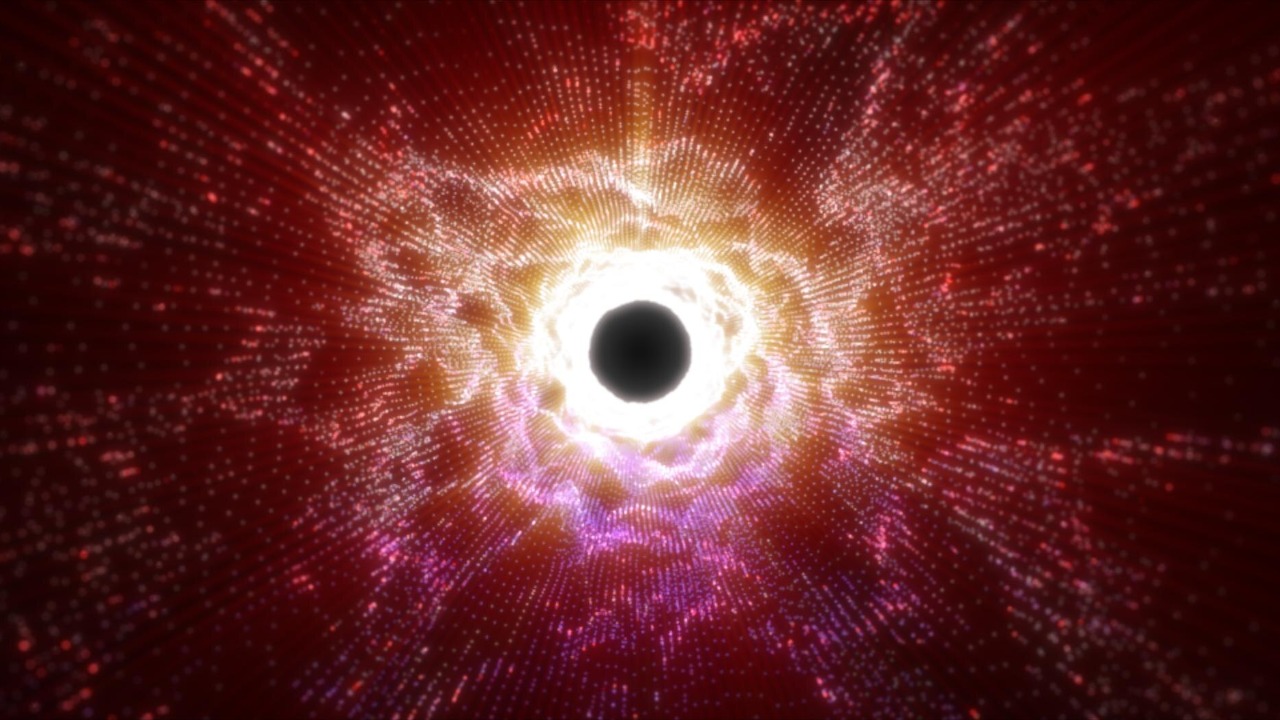
A breakthrough in astrophysics has potentially unveiled the core of one of the universe’s most enigmatic entities: the black hole. This discovery could reshape our understanding of cosmic phenomena and the fundamental laws of physics. As we delve deeper into these celestial enigmas, the revelations promise to be as profound as they are intriguing.
The Enigma of Black Holes
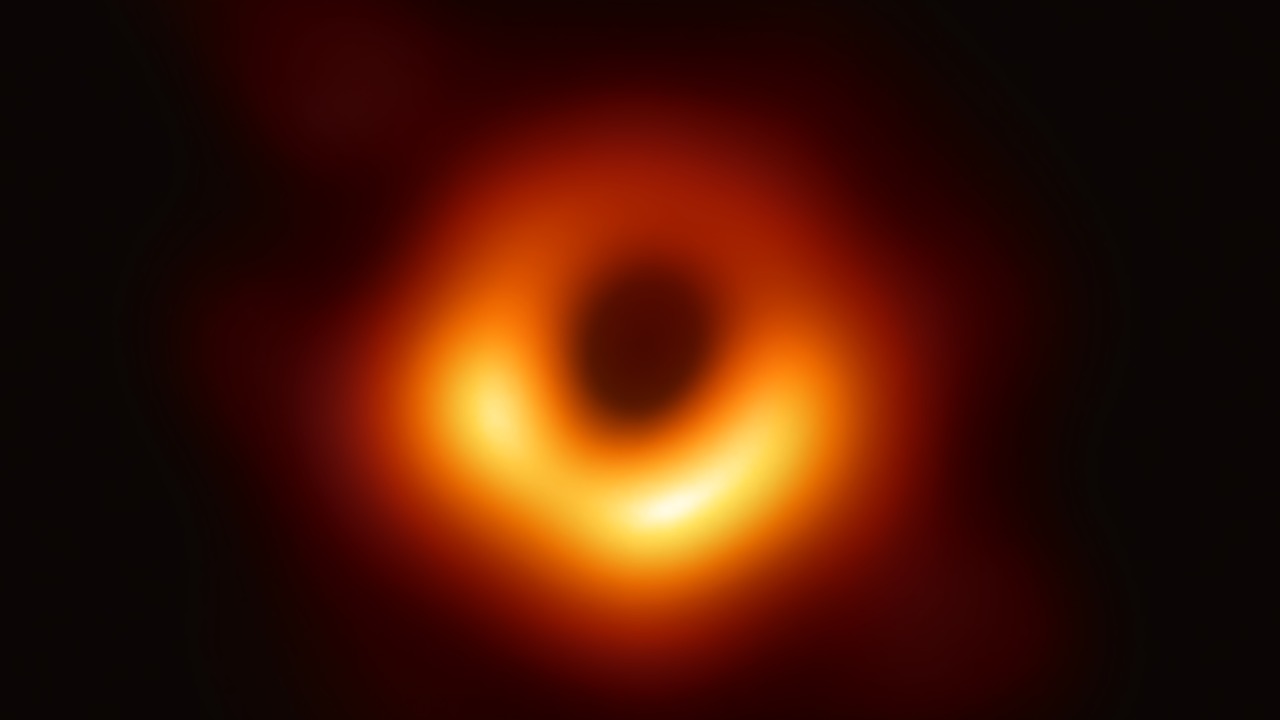
Black holes have fascinated scientists and the public alike for decades. Initially, they existed only as theoretical constructs, predicted by the equations of Albert Einstein’s general relativity. It wasn’t until decades later that astronomers began to gather evidence supporting their existence. These entities, characterized by an intense gravitational pull, were once thought to be mere figments of mathematical imagination. Today, however, they hold a prominent place in the astronomical canon as both theoretical and observational realities.
The key properties of black holes include the event horizon, the point of no return beyond which nothing can escape, and the singularity, a region of infinite density. Additionally, the concept of Hawking radiation has added a new layer of complexity to our understanding. This theoretical radiation, proposed by physicist Stephen Hawking, suggests that black holes might slowly evaporate over time. The quest to fully comprehend these cosmic phenomena has captivated scientists, who remain dedicated to unraveling their mysteries.
Recent Discoveries and Technological Advancements
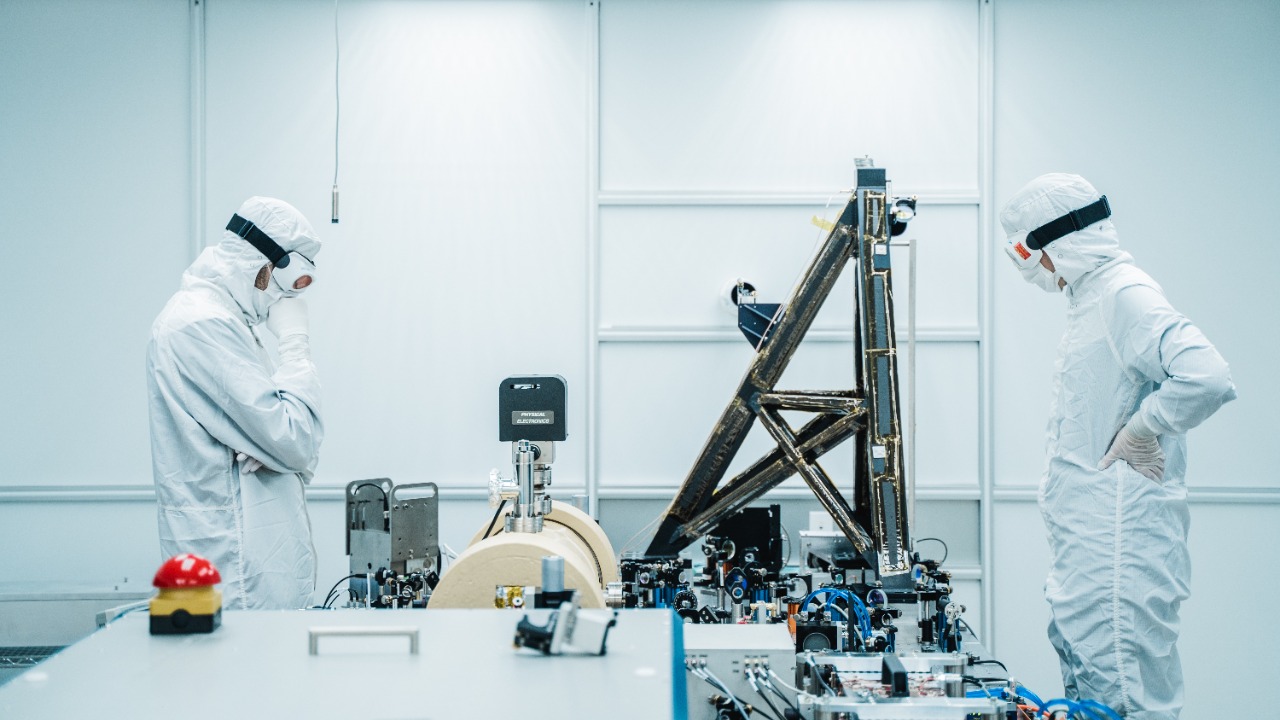
The recent advancements in technology have been pivotal in expanding our understanding of black holes. Cutting-edge telescopes, like the Event Horizon Telescope, have provided us with unprecedented images of black holes, allowing scientists to study their properties in greater detail. Meanwhile, gravitational wave detectors such as LIGO and Virgo have captured the ripples in spacetime caused by colliding black holes, offering invaluable insights into their behavior and characteristics.
Recent research and experiments have further contributed to our knowledge. For example, the detection of gravitational waves from merging black holes has confirmed predictions of general relativity and opened new avenues for exploration. Theoretical contributions from physicists and cosmologists have also played a critical role in redefining our understanding. Scholars continue to refine models and propose new theories that challenge existing paradigms, ensuring the field remains dynamic and ever-evolving.
The Core Revelation: What Lies at the Heart?
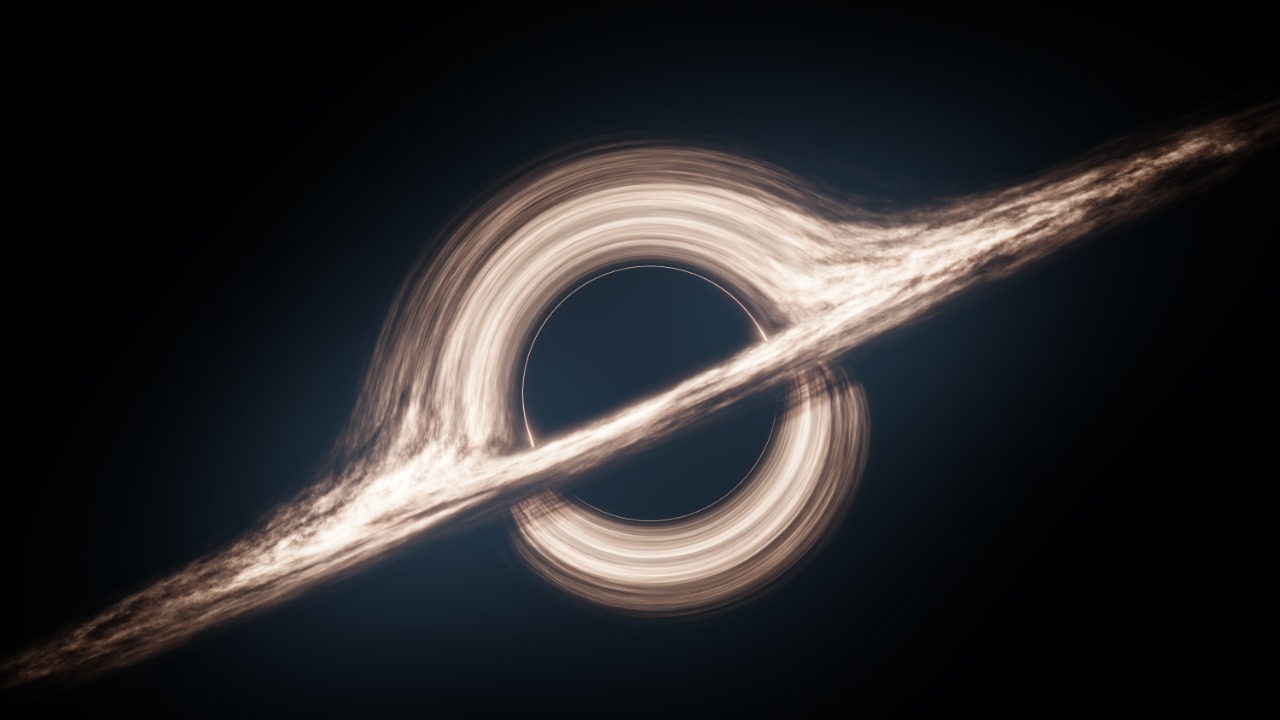
The latest findings have provided detailed insights into what might reside at the core of black holes. Contrary to previous notions of a singularity, some scientists now propose that the core may consist of a new state of matter or even a complex structure rather than a singular point of infinite density. This challenges long-held assumptions and opens up a plethora of new questions about the fundamental nature of these cosmic entities.
The implications for our understanding of singularity and spacetime are profound. If the core of a black hole is not a singularity, this could suggest a different relationship between matter, energy, and spacetime. Additionally, the discovery may offer new perspectives on the role of dark energy in the universe’s expansion. By connecting the dots between black holes and this mysterious force, scientists hope to gain a deeper understanding of the mechanisms driving the cosmos.
Impacts on Cosmology and Theoretical Physics

The potential impact of these findings on cosmology and theoretical physics cannot be overstated. They raise the possibility of revisiting and possibly revising the laws of physics, including Einstein’s theory of general relativity. As our comprehension of black holes evolves, so too might our understanding of gravitational forces, spacetime, and the fundamental principles governing the universe.
Furthermore, these revelations could shape the future of space exploration. By enhancing our grasp of black hole mechanics, scientists may develop new technologies and methodologies for probing the universe’s most extreme environments. This knowledge could inform the design of future missions, potentially leading to breakthroughs in our pursuit of understanding cosmic phenomena. Broader implications may include novel insights into the universe’s fate and the potential for multiple universes, offering new vistas for scientific exploration and philosophical contemplation.
Future Research and Exploration
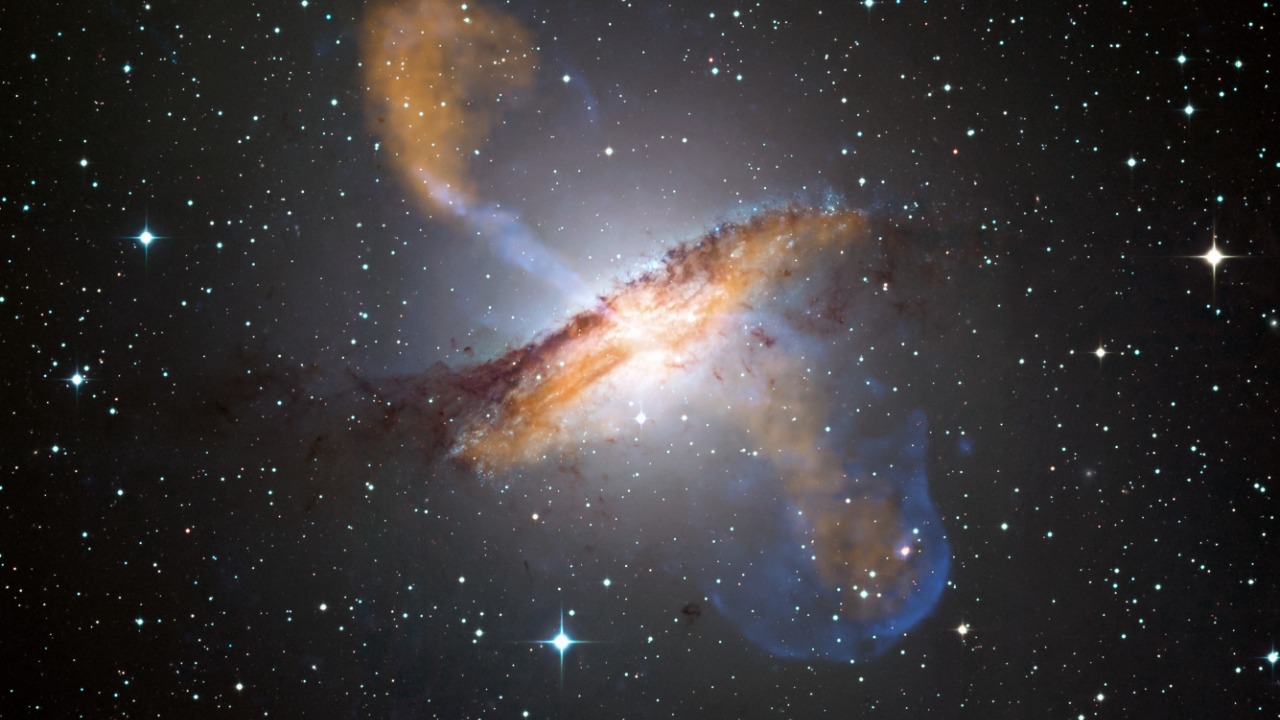
Despite the recent breakthroughs, numerous questions remain unanswered. Researchers continue to investigate the nature of black holes and their cores, striving to uncover the full extent of their properties and implications. Key questions include the precise mechanisms governing black hole formation, the interaction between matter and energy within these entities, and the potential for alternative explanations of their core structures.
Upcoming missions and projects promise to push the boundaries of our understanding even further. Collaborations between space agencies and research institutions worldwide are crucial in this endeavor. By pooling resources and expertise, scientists aim to unravel the mysteries of black holes and their cores. Interdisciplinary efforts, drawing on insights from fields like quantum mechanics, cosmology, and relativity, will be essential in advancing our comprehension of these cosmic enigmas.
The journey to understand black holes is far from over, and the path forward is both challenging and exhilarating. As scientists continue to explore these enigmatic entities, each discovery brings us closer to unraveling the fundamental mysteries of the universe and our place within it. With each revelation, we stand on the brink of new horizons, poised to expand our knowledge and redefine our understanding of the cosmos.